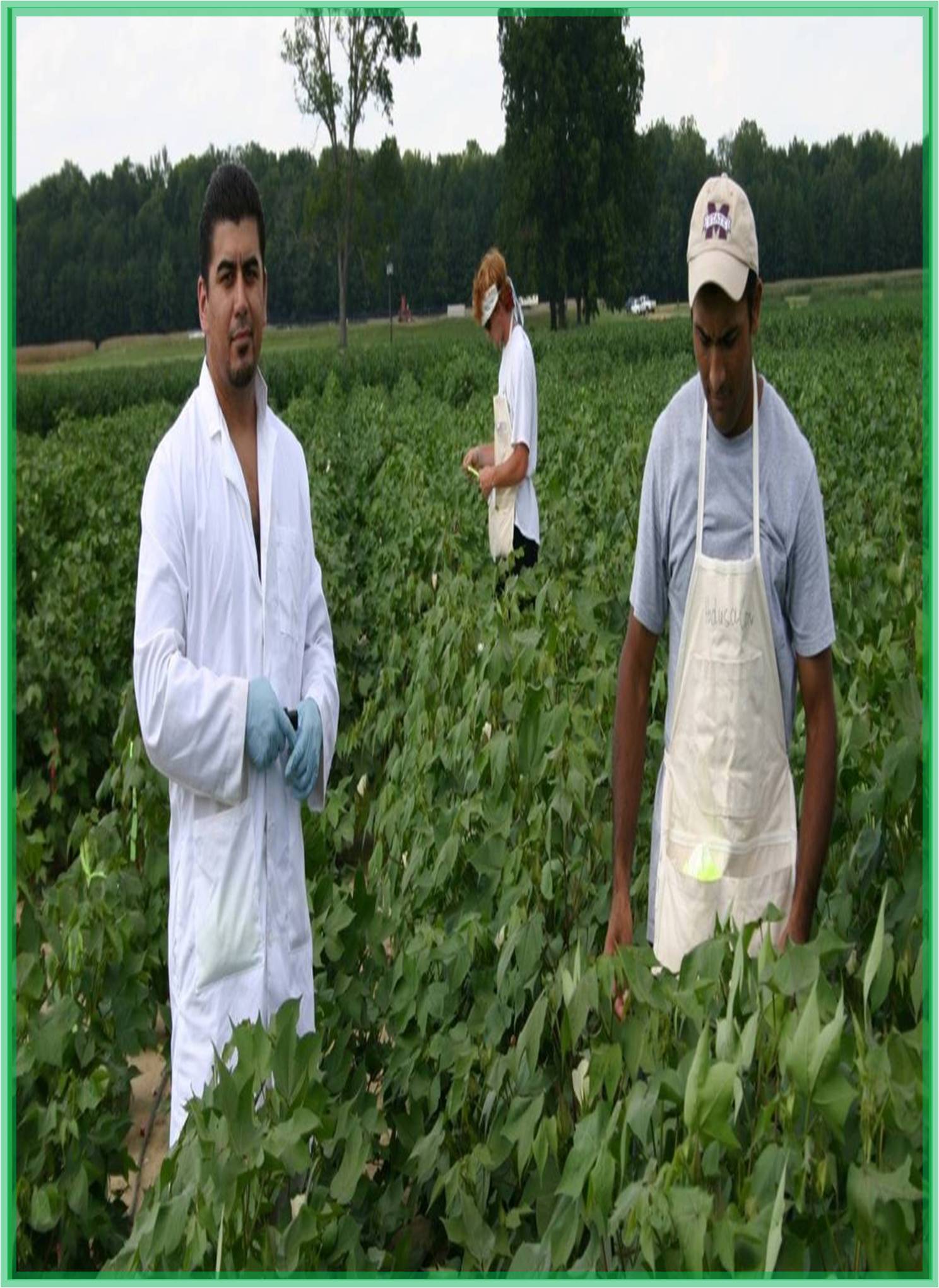



Received: 19-Apr-2022, Manuscript No. GJARR-22-61181; Editor assigned: 21-Apr-2022, Pre QC No. GJARR-22-61181(PQ); Reviewed: 05-May-2022, QC No. GJARR-22-61181; Revised: 20-Jun-2022, Manuscript No. GJARR-22-61181(R); Published: 01-Jul-2022, DOI: 10.15651/2437-1858.22.9.6
Controlled environment agriculture is a way to grow, produce and manage many variables in a closed ecosystem. The purpose of this method is to reduce the threat of disease and pests, maximize efficiency, increase sustainability and yield, and reduce total cost of ownership. Within the CEA, automation technology is being used to better control many aspects of agriculture.
This includes the application of automated technologies for humidity, light, carbon dioxide levels, temperature, and nutrition. By applying CEA technology, it will be possible to grow crops specialized in various industries such as pharmaceuticals and dietary supplements.
Types of Growth Environment
When considering farming using the CEA method, farmers have several options. This section briefly describes the different types of growth environments that are part of CEA.
Indoor Agriculture
On indoor farms, the light sources that nourish the plants are controlled for maximum efficiency. LED lights are the main tool used in indoor agriculture. This allows farmers to better manage their growing environment and farm 24 hours a day, 7 days a week. This method is very diverse as indoor farming can be done in any indoor space. Large spaces, shipping containers, factories and even warehouses are now being transformed into indoor farms around the world.
Greenhouse Cultivation
Greenhouses are special structures made almost entirely of polycarbonate or glass. This allows the building to take in more sunlight more efficiently, which has a positive effect on plant growth. Within the greenhouse, many variables can be tightly controlled and monitored. This includes temperature levels, humidity levels, and even sunlight.
Vertical Farming
Vertical farming is a method of farming in a controlled environment where crops are stacked horizontally or grown within the range of a high tower. This is an ideal method if you are farming in tight spaces or in urban environments. This allows growers to grow their crops vertically instead of horizontally, providing incredible potential for maximizing yields.
Protected Cultivation
This variant of controlled environmental agriculture involves growing crops outdoors, much like traditional agriculture. The major difference here is that some of the elements are controlled using structures or tools to help farmers have a greater impact on the end result of their farming cycle. This includes using tunnel houses, canopies, or hoop houses in order to control the temperature and humidity levels of a farm.
Types of Growing Methods
CEA has become a much sought after method of farming in the recent past, and that has a lot to do with the various types of growing methods available under this brand of farming. In this section, we discuss the most popular growing methods under controlled environment agriculture.
Hydroponics
Perhaps the most famous and wide range of CEA is known as water oil plants. This is a method of agriculture involved in soilless agriculture, which means that plants grow without using the floor. Instead, use growth medium such as sand, rock wool and coconut fibre to store plants at a given place and provide food. Water, oxygen and nutrition provided to the system in this way are manually controlled. This is one of the most sustainable agriculture, which helps the farmers to save total costs compared to agriculture between 70 and 90% of total costs.
Aquaponics
In Aquaponics agriculture, combinations of hydroponic agriculture and aquaculture are used to raise ecosystem plants. Waste prepared by the tank cultivated in the tank is directed to plants growing with another tank and producing independent ecosystems. Fish wastes include urea and ammonium, which is known to act as natural and chemical free fertilizer for plants. Most commonly engaged in trout, perch, tilapia, and catfish. In addition, fish sales combine additional income for farmers.
Aeroponics
Aeroponics is another method to harvest without minimizing the use of water. Here, plants are arranged such that they stop the roots in air sprayed by nutrient rich water. The Roots are in a managed environment and hit the fog from the fog of the roots.
Fogponics
Fogponics and errors are air agricultural fluctuations. It is instructed to stop plants in the air to expose their roots. However, instead of using mist to nourish the roots of plants, Fogponics relies on the use of nutrient rich mist and steam. This steam or mist is known to be supplied to all parts of the plant, including roots, leaves and stems, and has a rapid and beneficial effect on plant health.